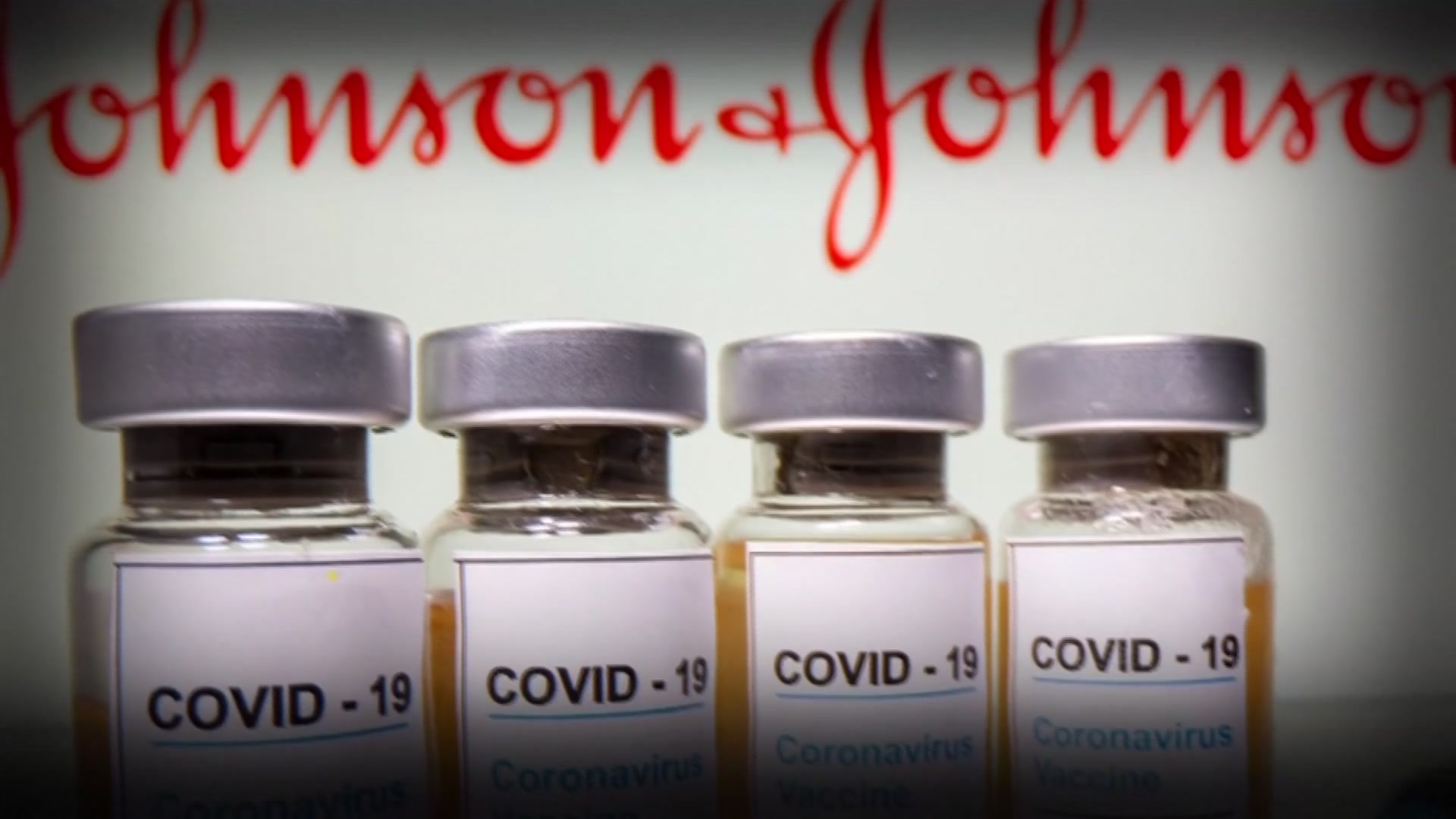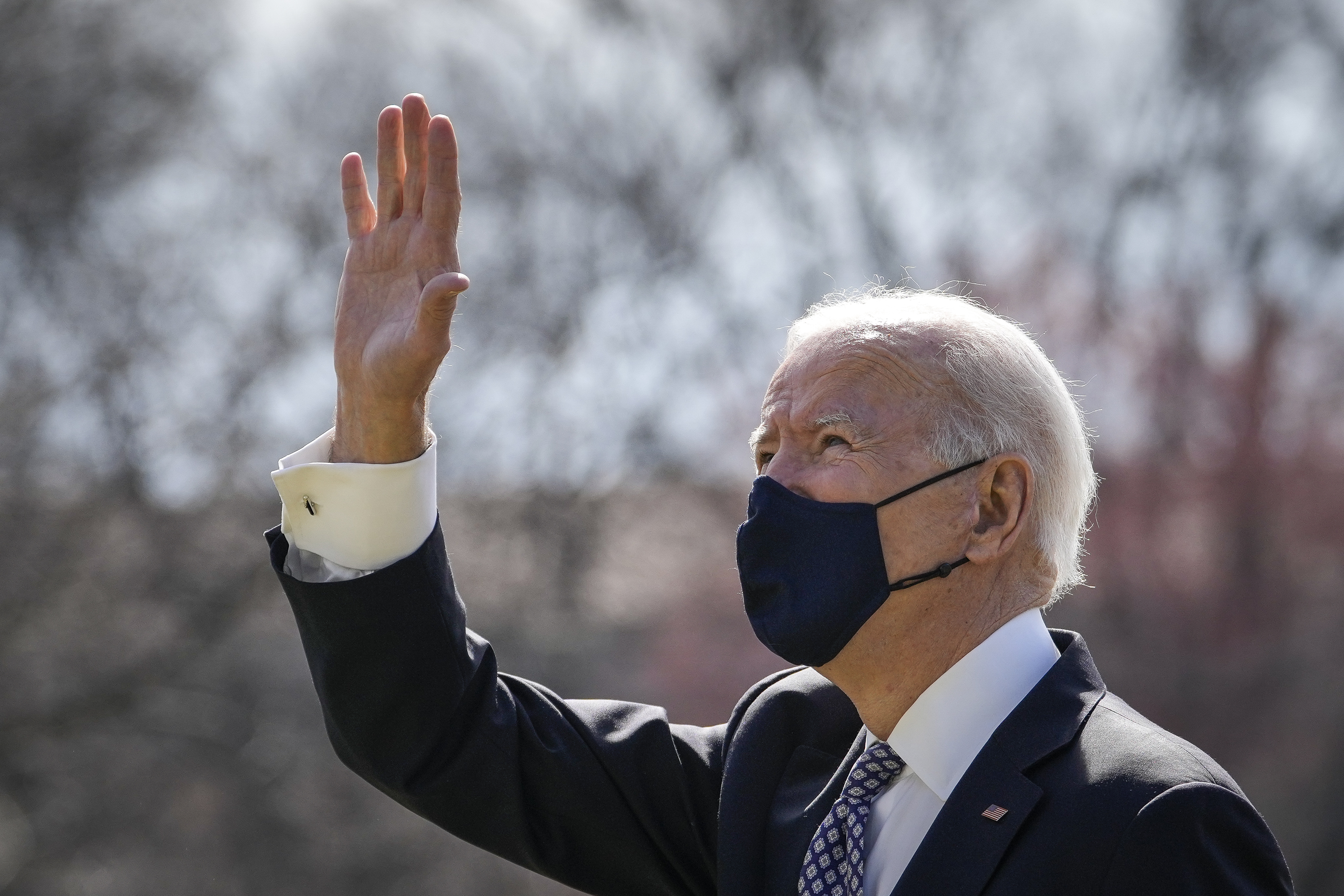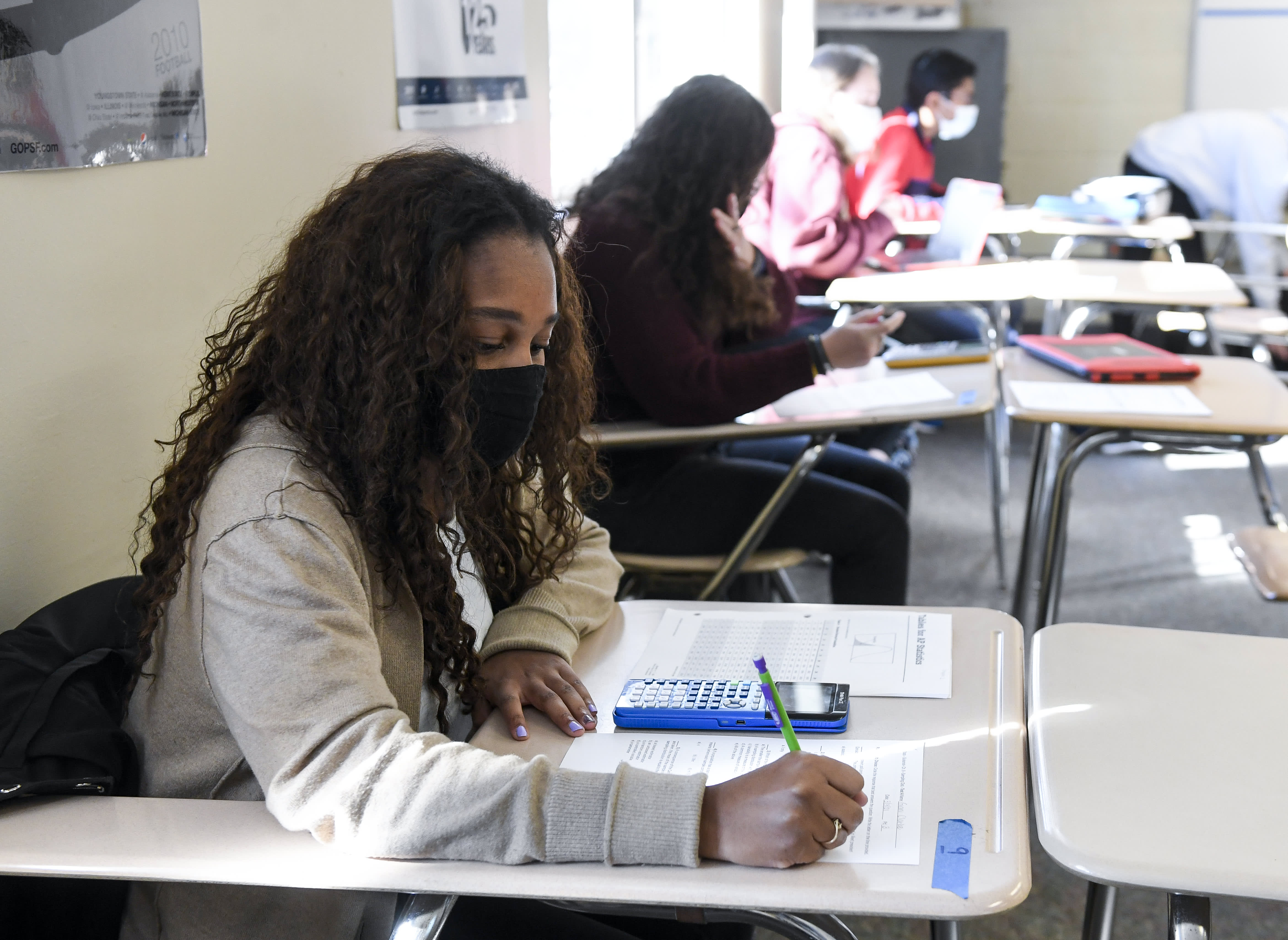What to Know
- As of March 19, Pennsylvania ranked 30th in the nation when it came to coronavirus vaccine doses administered per 100,000 people, according to the CDC.
- State data shows 1.4 million people have been fully vaccinated, which is roughly 11% of Pennsylvania's 12.8 million residents.
- Strategies to speed up distribution include getting more vaccines to health care providers who are good at administering them, as well as setting up regional mass vaccination centers.
Pennsylvania's coronavirus vaccine rollout was off to a rocky start from the get-go, but even now – roughly four months after doses first started arriving – the state is still struggling.
The state initially blamed a lack of vaccine supply from the federal government for its inability to more quickly get shots in arms, but it has recently switched tactics to inject more people. The changes have yielded some recent success, but there’s still work to do.
Here’s a look at how vaccinations in Pennsylvania stand:
Get Philly local news, weather forecasts, sports and entertainment stories to your inbox. Sign up for NBC Philadelphia newsletters.
How many Pennsylvania residents have been vaccinated so far?
As of March 26, more than 4.7 million people had been at least partially vaccinated in Pennsylvania, according to state data. The data doesn't include Philadelphia County (which had fully vaccinated more than 191,000 people and at least partially vaccinated more than 291,000 others as of March 25) or from federal facilities like veterans' hospitals or prisons.
The state data shows more than 3 million people had received at least one dose and a little more than 1.6 million were fully vaccinated. CDC data, meanwhile, shows that 28.1% of Pennsylvania’s population has received at least one shot and that 14.4% of the state’s total population was fully vaccinated.
How does Pennsylvania’s vaccination rollout compare to the rest of the country?
As Pennsylvania Department of Health spokesman Barry Ciccocioppo pointed out, Pennsylvania also ranks among the states with the most vaccine doses administered. However, that's deceiving, given that the Keystone State has a larger population than many other states.
Nationally, as of March 25, Pennsylvania was 19th when it came to percentage of its population with at least one dose, according to data from the Centers for Disease Control and Prevention. For the percentage of people fully vaccinated, Pennsylvania ranked 34th.
When looking at how many doses Pennsylvania has administered per 100,000 people, the state ranked 28th in the nation.
Pennsylvania, however, dose fare better than New Jersey when it comes to people 65 and older who have received at least one vaccine dose. In that category, it ranks 37th in the nation, with 68.1% of its 65-and-older population receiving at least one shot as of March 25, according to the CDC.
The CDC also shows 35.6% of Pennsylvania’s 65-and-older population has been fully vaccinated, making it the 48th-worst state in that category.
How is Pennsylvania trying to speed up vaccinations?
One way the state is speeding up vaccinations is by trying to get more of them to health care providers who have proven to be good at distributing them.
The "focused allocation" strategy means health care providers who have proven their effectiveness at administering vaccines and at quickly reporting data will get a steady supply of vaccines. That allows them to know ahead of time how much vaccine they can expect so that they can continually make appointments for people.
Acting Secretary of Health Alison Beam said the state has identified 200 to 300 effective health care providers, including hospitals, pharmacies, federally qualified health centers and public health providers. She added that providers were chosen after taking into account racial and socioeconomic equity.
The selected providers can be found on this map.
However, that strategy has meant that some pharmacies that had been giving out vaccines have been told they can't get any more – which has concerned their customers.
Beam also ordered vaccine providers to work with agencies that cater to older adults to clear the backlog of people 65 and older who still haven’t received their vaccine. Under Beam’s order, providers can’t refuse to schedule an appointment for someone who is currently eligible, nor are they allowed to advertise that no appointments are available.
Which people are getting vaccinated now?
As it stands, Pennsylvania is still working to vaccinate people in its 1A group.
This group is comprised mostly of health care workers, people 65 and older, people in long-term care facilities and those 16 to 64 with high-risk pre-existing health conditions.
Pennsylvania is at a bit of a disadvantage compared to other states when it comes to getting through its 1A group because it has a larger proportion of seniors. In 2017, Pennsylvania had the fifth-highest share of people aged 65 and older in the U.S., according to the Penn State Data Center. That translated to approximately 2.2 million people – or 17.8% of the state's total population.
In addition, the state has begun vaccinating teachers and school support staff. As more of the one-shot Johnson & Johnson vaccine arrives from the federal government, the idea is to use a potion to also start inoculating frontline workers.
These will include:
- Law enforcement and correctional staff
- Grocery workers
- Firefighters - paid and volunteer
- Food and agriculture workers
What have been some of the obstacles for vaccinating people?
The main reason leaders have used to excuse the state of Pennsylvania’s vaccine rollout is a vaccine shortage from the federal government.
However, the state has also been accused of a scattershot approach to vaccinations, and health care providers have complained about a lack of predictability when it comes to how many doses they’ll receive.
On the latter point, Pennsylvania Emergency Management Agency director Randy Padfield said in an email Thursday that the federal government will be distributing less of the one-shot Johnson & Johnson vaccine than originally thought a few weeks ago.
“As we all know, plans are only good as the assumptions they are built on and without certainty there is always an element of risk,” Padfield said.
Then there’s the latest fight between the Pennsylvania health department and southeastern counties over the state’s decision to push for regional vaccination sites run by the Pennsylvania Emergency Management Administration. Each site would provide the one-shot Johnson & Johnson vaccine, be chosen by groups of counties and be located in an area that county leaders determine would be best for people from all the counties within their group to access.
In the highly populated southeast, Montgomery and Bucks counties would share one regional site and Chester and Delaware counties would share a second. But the idea of setting up regional vaccination locations has been contentious, and those four counties are pushing back.
Why are southeastern counties so upset?
The plan for regional sites was proposed by the Pennsylvania Vaccine Joint Legislative Task Force, which is a bipartisan group comprised of a handful of lawmakers from across the state.
This has roiled leaders in all four southeastern counties, who maintain that they’ve set up their own vaccination clinics and that they can inject more people if vaccines instead go directly to them. They’ve raised questions about equity and what types of people will be able to make their way to the regional site.
“If we give these doses to our county governments and our county DOHs here in the southeast, we’re able to reach people better through mobile clinics,” said state Sen. Maria Collett, a Democrat who represents parts of Bucks and Montgomery Counties.
Ciccocioppo acknowledged that local leaders have a better understanding of their communities, but he forcefully pushed back on their misgivings.
“The Commonwealth has asked only one thing of county leaders to bring this life-saving vaccine to their residents: pick a location. It appears that some local leaders have chosen to bemoan even this responsibility, and instead are wasting precious time that could be used to ensure their residents benefit from the mass vaccination site's immediate success,” he said in response to a list of emailed questions from NBC10.
The proposed regional site, he said, would not divert any vaccine doses to local health care providers, who will continue to receive more doses as more of the medicine becomes available. Instead, the location would be a tool allowing some 42,000 people to be vaccinated per week, Ciccocioppo said.
On March 18, leaders from Bucks, Chester, Delaware and Montgomery counties had a call with the Pennsylvania Department of Health to voice their concerns, but neither side appeared ready to budge.
In a joint but unsigned letter, county leaders said they were “disappointed to hear” that the health department was not considering their request that Johnson & Johnson vaccines be given directly to the counties.
"Instead of working with local elected officials and county Health Departments closest to the people we serve, the State has chosen to take the advice of a Boston logistics company to establish regional sites as our local mass vaccination sites sit underutilized,” they said. “We have highly qualified public health and safety teams in place, high-volume locations secured, and more than 500,000 people waiting on our collective lists to get their shots. We just need more supply.”
When will Pennsylvania move to expand vaccinations?
The state is still in a slog as it tries to get through its 1A group, but Gov. Tom Wolf has said the goal is ensure anyone in that group can make a vaccine appointment by the end of March. Once they’ve made that appointment, they can expect a shot “within a reasonable amount of time,” he said, though he didn’t elaborate on what constitutes a “reasonable” timeframe.
Beyond that, the state hopes to make vaccine appointments available to everyone who wants a shot by May 1. That doesn’t mean everyone will be able to get vaccinated right away, though. Because of a nationwide vaccine shortage, it will still take a while to get medicine into people’s arms.





